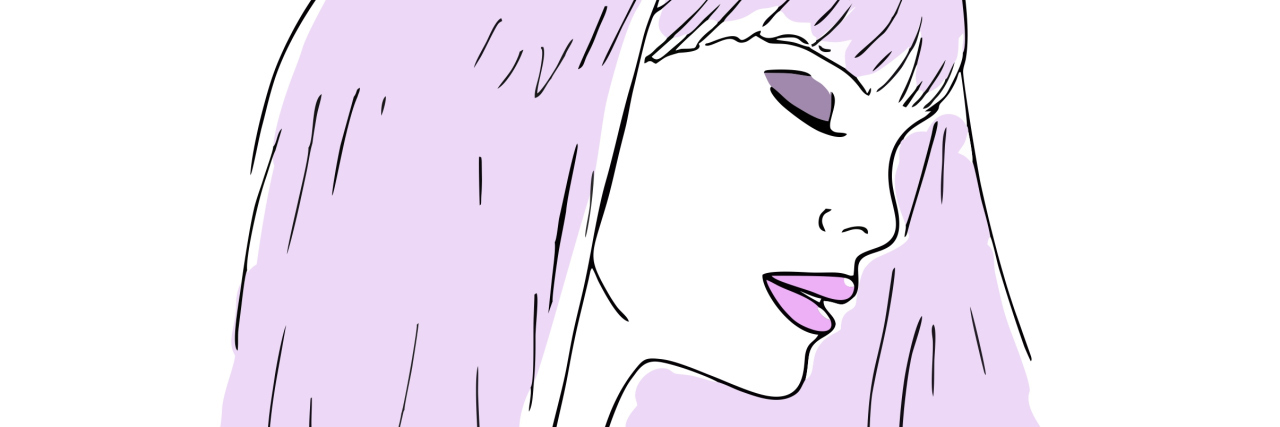Even though I’ve felt like a sad individual since I turned 13, there was always that one time every month where I became even more down. I’d look at my body in disgust. I‘d cry for no apparent reason. I would become moody and sad, spending hours locked in my room listening to sad music. I wanted to cry — crying felt like the “norm.”
It wasn’t until after I had my first child, at the age of 28, that someone finally figured out my problem. My OB/GYN diagnosed me with PMDD (premenstrual dysphoric disorder). When I asked him what that meant, he said, “Think of it as PMS with an attitude.” I remember laughing because that’s pretty much how it felt.
Most women with PMS (premenstrual syndrome) experience abdominal pain, headaches (my migraines would always come out in full force during that time of the month), sadness and irritability. Then there’s the bloating and just simply feeling yucky. Sometimes, I swear my body thought I had the flu.
But when you have PMDD, you experience these things longer and more intensely than someone with PMS. When I became irritable, it was like I became another person. I would snap on anyone, from the cashier at the grocery store, to the woman that bumped into me, to family and friends. It didn’t matter. I would be so mad that I became fearless; it was the one time of the month that my honesty got out of hand.
But it wasn’t just the irritability. It was the sadness, the hopelessness, the confusion, the anxiety and the tension. I hated everything around me, including myself.
The U.S. National Library of Medicine defines this dysphoria as, “a profound state of unease or dissatisfaction. Dysphoria may accompany depression, anxiety, or agitation.”
The Gia Allemand Foundation found that PMDD affects an estimated 2 to 10 percent of women during their reproductive age. And not surprisingly, it is common after things like ovulation, pregnancy and birth.
After I had my second and last child at age 30, the PMDD didn’t go away. In fact, it got a little bit worse. My mood swings were so bad that no one wanted to be near me, including my dogs, who usually loved me. I had no energy. All I wanted to do was sleep. I became short-tempered. I had trouble completing sentences and I’d get the names of items mixed up. My breasts would become swollen and tender; I couldn’t wear a bra because it hurt. I had a lack of everything. I had no control over any of this, and that scared me.
Over the next year, my OB/GYN had me try various medications to treat my symptoms. Being on anti-depressants helped; my medication was a lifesaver. But in the end, it was time for a hysterectomy. I didn’t mind; I already had to children (exactly what I wanted), so losing my uterus was the least of my worries. It helped though.
PMDD is listed in the DSM-IV as a “depressive order not otherwise specified.” According to the American Psychological Association, “the symptoms of PMDD are remarkably similar to those of major depressive disorder (MDD).” So, I say to all the women out there, if your PMS “has an attitude,” then talk to your doctor about PMDD. It requires treatment just like any other illness. Statistics show that five million women in the United States are living with PMDD — you’re not alone.
We want to hear your story. Become a Mighty contributor here.
Thinkstock photo via Violet77

